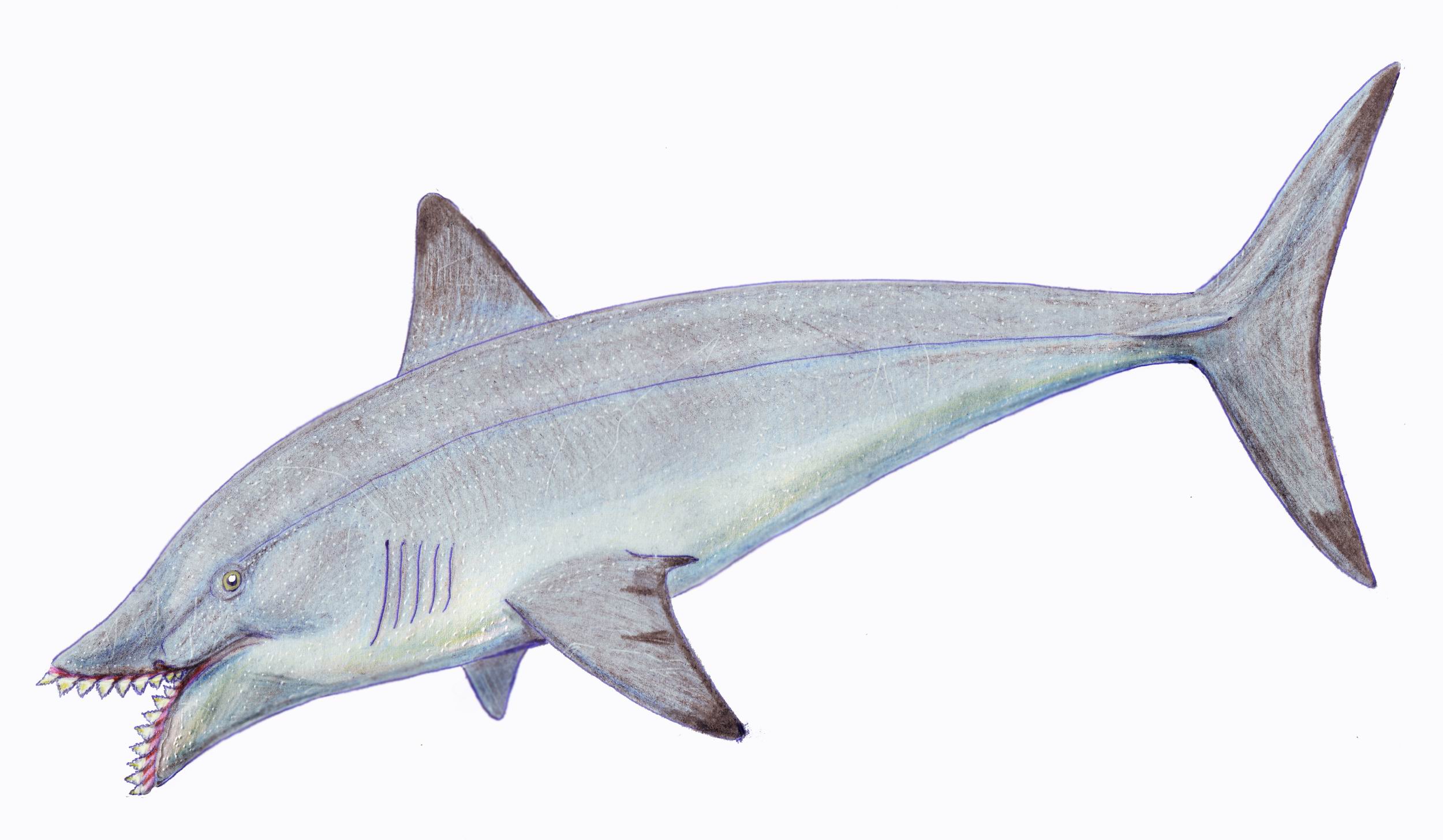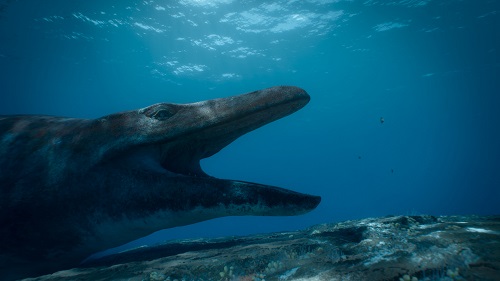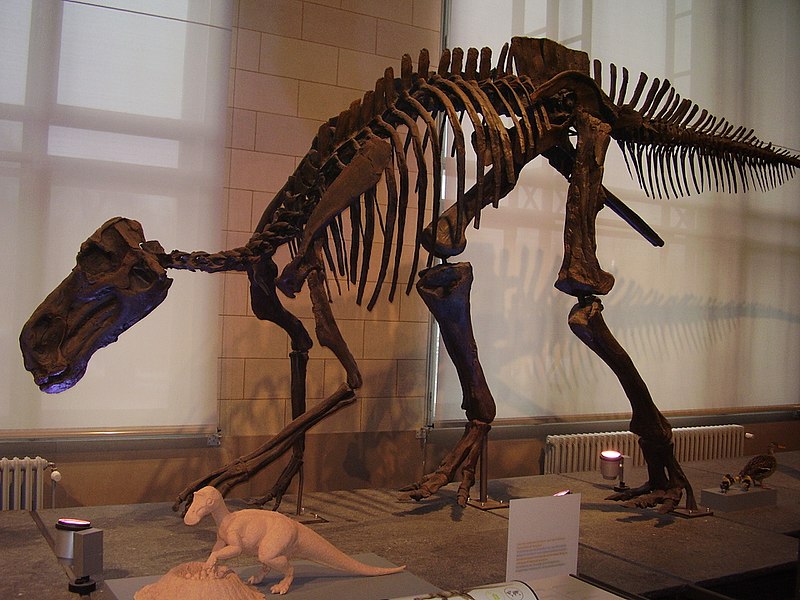With all the fuss over megalodon lately (including the Discovery Channel’s doubled-down non-apology), we decided to give some attention to a couple of grossly unappreciated other prehistoric sharks. Great whites are great and all, and megalodon is a marvelous monstrosity, but there are two other prehistoric shark species that really blow everything else out of the water.
We get that megalodon is mega-huge, and it’s thrilling to ruminate over an extra-large, extra-hungry version of today’s Great White. But what about sharks with scissors for jaws? Or a buzz-saw mouth full of teeth?
It’s not science fiction. Here are two prehistoric sharks that we think should be in the running for their own Shark Week special:
There were several species of this scissor-jawed prehistoric shark, the largest of which — Edestus giganteus — could rival the size of a modern Great White. But instead of regular shark teeth (which are pretty scary as is), Edestus had a mouth that cut like giant scissors.
“When you say ‘shark,’ the first thing that pops in your head is teeth,” says Associate Curator of Paleontology David Temple. “Sharks have had similar kinds of teeth, but there were some weird evolutionary offshoots where the teeth don’t look like we imagine them now. Instead of the rows and rows of teeth that we expect the mouth, Edestus’ mouth looked more like a modern dolphin’s, and its teeth were more like shearing scissors.”

Edestus wound up with its unusual, protruding shears (pictured above and reenacted here) because it did not shed its worn teeth like a modern shark would. Instead, new teeth continued to grow outward until its two rows of single-file teeth protruded out past its mouth.
Also called the whorl shark, the Helicoprion is notable for its bizarre toothy set-up. Like Edestus, instead of shedding its old, worn teeth, Helicoprion retained them, adding new teeth in a single row in a spiral formation (imagine the growth pattern of the world’s longest fingernails, and you’ll get the idea.)
For years, Helicoprion’s remains confused scientists and an accurate body outline eluded researchers:

The many faces of Helicoprion, courtesy of Ray Troll for Scientific American.
Recently, though, a report published in Biology Letters offered new insight into the shark’s unusual jaw. Instead of protruding past the lower jaw and coiling beneath the chin, as was once thought, or existing completely externally as some sort of defensive structure, scientists now believe that the shark — which had no teeth at all in its upper jaw — housed its “whorl” of teeth inside its lower jaw. To kill soft-bodied prey, it sliced upward like a buzz-saw, using this vertical spiral of teeth to push food back into its throat.

A “whorl” of Helicoprion teeth
“Two of my fantasy acquisitions to the museum are paleozoic sharks,” Temple says of these often underappreciated freaks of the sea.
What say you: Should Discovery Channel devote a special to these super-special sharks?







